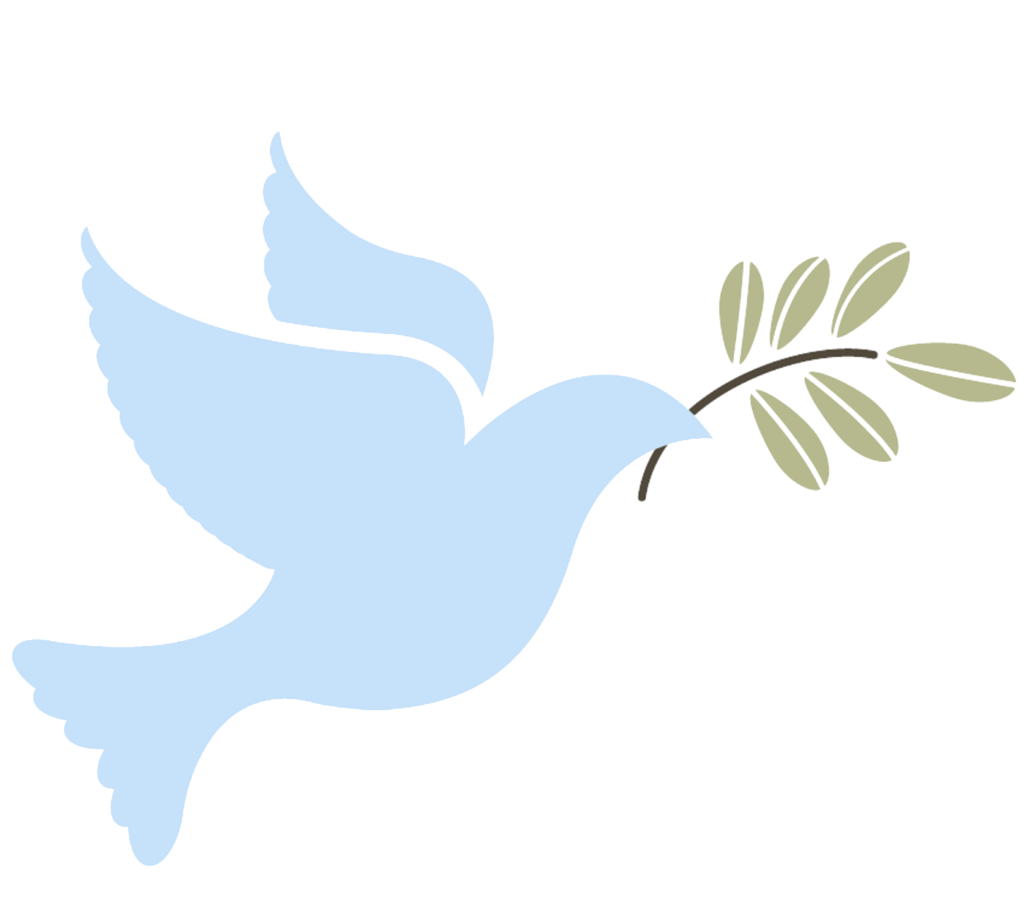
Agenda 74 Agency
Mission for SADC
Care to Change the World

Mission for the Southern African Development Community (SADC)
Lusophone Leadership, Housing Innovation, and Agricultural Transformation
The SADC Mission under the Agenda 74 Agency is a regionally coordinated effort to advance inclusive development through agricultural transformation, cooperative governance, and housing innovation. While SADC is often viewed through the lens of industrialisation and trade, its member states—particularly the Lusophone bloc—are now emerging as strategic leaders in food systems reform and social infrastructure development.
Angola, Namibia, South Africa, and Botswana have formally applied to participate in the SFPSEI framework—Staple Food Programme SDEP ECHO Implementation—with funding requests ranging from 41 to 500 million USD, to be financed by the African Development Bank (AfDB). These applications mark a turning point in the region’s development trajectory, signalling a shift toward equity-centered, locally anchored, and digitally enabled transformation.
Implementation Strategy for SADC
The SADC strategy is structured around three thematic pillars:
-
Lusophone Agricultural Leadership
- Angola and Mozambique as anchor countries for SFPSEI deployment
- Cooperative farming, agro-processing, and rural logistics infrastructure
- Integration of climate-smart agriculture and circular food systems
-
Housing and Urban Equity
- Namibia’s national housing strategy aligned with the SWAPO Manifesto
- Deployment of affordable housing models through ECHO hubs
- Integration of digital land registration, construction cooperatives, and urban planning
-
Institutional Innovation and Regional Integration
- Launch of PCGG components in Angola and Botswana
- Cooperative governance frameworks for labor, enterprise, and education
- Alignment with SADC’s industrialisation and infrastructure agendas
Field-Level Activities and Deployment Plans
- Angola: SFPSEI flagship deployment with full integration of SDEP and ECHO modules
- Namibia: Affordable housing pilot linked to ECHO hubs and vocational training
- South Africa: Cooperative governance and youth-led agri-enterprise programs
- Botswana: Institutional pilot for PCGG and regional food corridor development
- Mozambique, Zambia, Zimbabwe: Expansion of rural transformation and food systems recovery
All deployments are coordinated through national ministries, local governments, and SADC institutions, with technical support from EUSL, GSIA, and AfDB.
Institutional Anchoring and Local Partnerships
The SADC Mission is anchored in:
- National Ministries of Agriculture, Housing, Social Development, and Planning
- Local Governments and municipal authorities for field-level implementation
- Universities and Training Institutes under UCE and UACE for capacity building
- Civil Society and Cooperatives for grassroots engagement and accountability
- Private Sector actors in housing, agri-tech, and logistics
All partnerships are governed by the Flowhub PPP framework, ensuring transparency, shared value, and long-term sustainability.
Monitoring, Evaluation, and Learning (MEL)
The MEL framework includes:
- Regional dashboards tracking housing access, food production, and job creation
- Annual Strategic Reviews aligned with Agenda 2074 and SADC Vision 2050
- Citizen feedback platforms and cooperative scorecards
- Third-party evaluations and peer learning exchanges across SADC states
MEL is coordinated by national steering committees and supported by CGSA and GSIA.
Missions in SADC
Missions in SADC
SFPSEI Launch
Angola, Botswana, Namibia, South Africa
ECHO Implementations
Year 2
PCGG Components Deployed
Year 3
Regional integration of food and housing systems
Year 3

SADC Mission
A Region of Contrasts, A Region of Opportunity
The Southern African Development Community (SADC) stands at a crossroads. It is a region of immense natural wealth, institutional maturity, and political influence. Yet it is also a region marked by deep inequality, rural underdevelopment, and structural exclusion. The SADC Mission under the Agenda 74 Agency is a response to this duality—not by choosing one narrative over the other, but by transforming both.
This mission is not about managing poverty. It is about unlocking potential. It is about building institutions that serve, economies that include, and systems that sustain. It is about doing development differently—starting with those who have been left behind.
At the heart of the SADC Mission lies a quiet but powerful shift: the rise of the Lusophone countries. Angola, long seen as a post-conflict oil economy, is now positioning itself as a regional leader in agricultural transformation. Mozambique, with its vast arable land and youthful population, is emerging as a strategic partner in food systems reform. These countries are not waiting for permission—they are building the future.
Namibia, meanwhile, is charting its own path. While much of Africa focuses on agriculture, Namibia is investing in affordable housing, urban equity, and spatial justice. The SWAPO Manifesto has made housing a national priority—not as a commodity, but as a right. This divergence is not a distraction—it is a strength. It shows that SADC is not a monolith, but a mosaic of strategies, each rooted in local realities and national ambition.
South Africa and Botswana bring institutional depth and financial capacity to the table. Their applications to the SFPSEI framework—ranging from $41 million to $500 million—signal a willingness to lead, to invest, and to collaborate. These are not symbolic gestures. They are structural commitments to a new development model—one that is cooperative, circular, and equity-centered.
The SADC Mission is not a program. It is a platform. A platform for Lusophone leadership. A platform for housing innovation. A platform for agricultural transformation. And above all, a platform for regional solidarity.